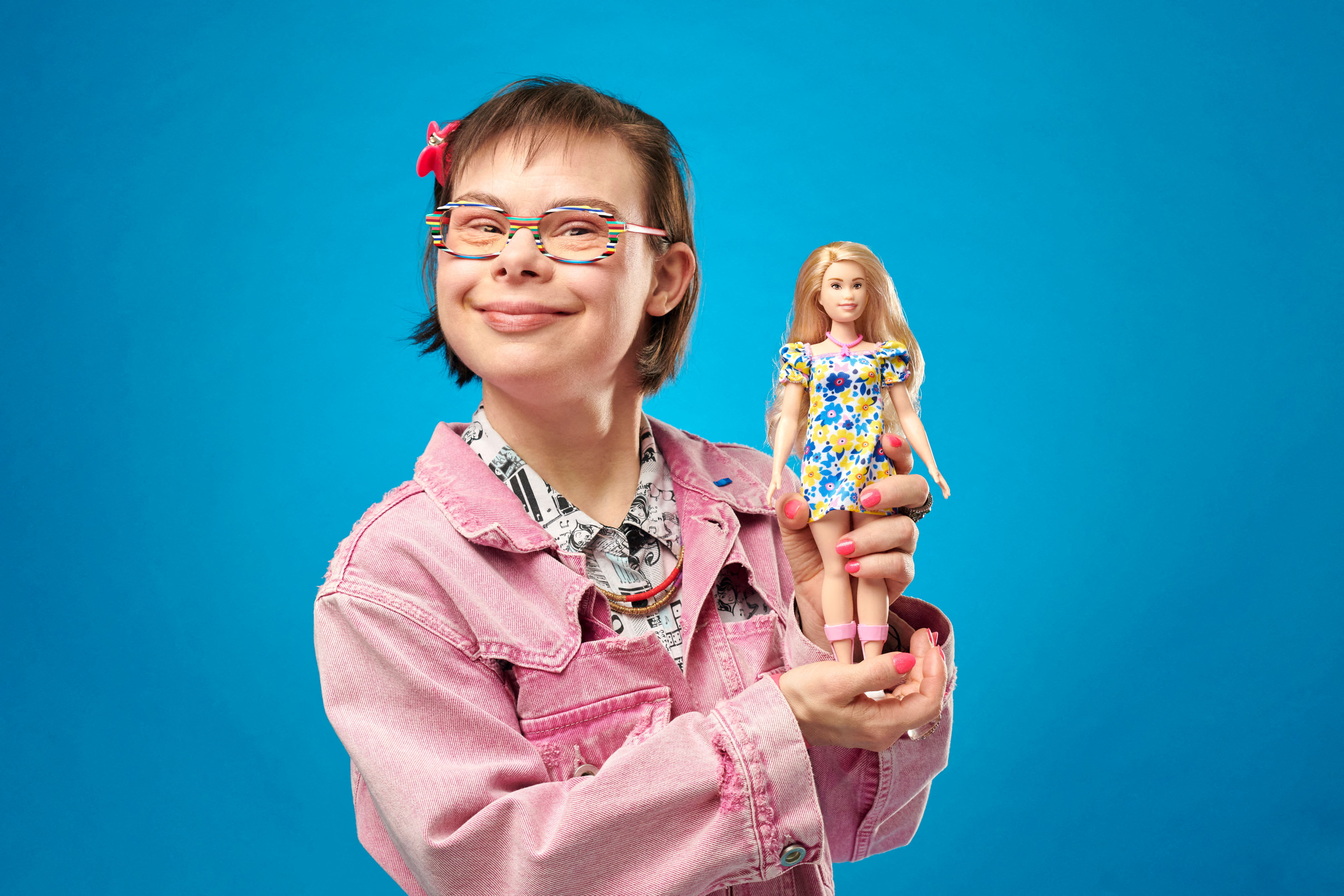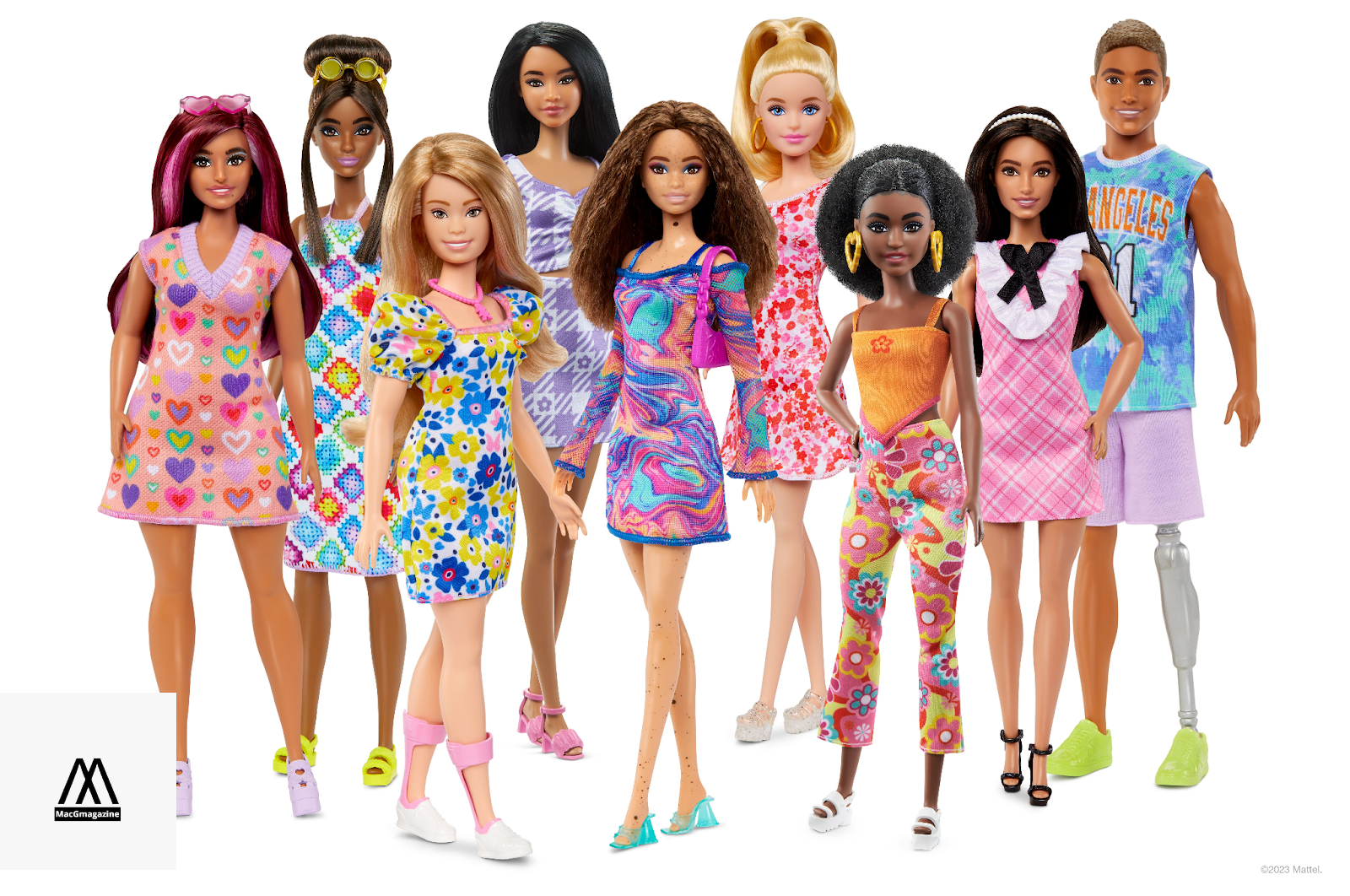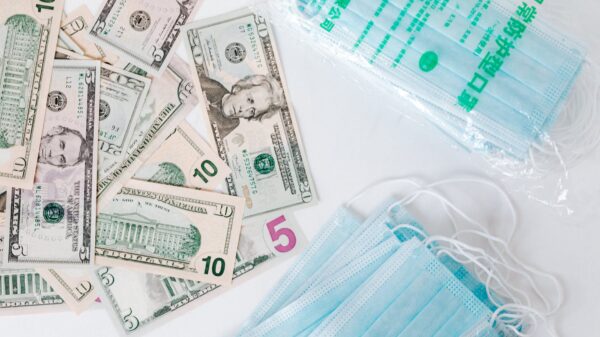In an effort to broaden its appeal, Barbie has introduced its first doll with Down syndrome. According to CNN, the new doll is part of Mattel’s Barbie Fashionistas series, which strives to provide children with a wider range of beauty ideals and reduce prejudice against those with physical impairments.
Mattel (MAT) claims to have collaborated extensively with the National Down Syndrome Society to guarantee that the newest Barbie doll appropriately depicts a person with Down syndrome in terms of body type, facial features, clothes, accessories, and packaging. The genetic disorder impacts mental capacity and manifests in variable degrees of learning disability and other noticeable physical traits.

Source: Reuters
Kandi Pickard, president and CEO of NDSS, said in a statement, “This means so much for our community, who for the first time can play with a Barbie doll that looks like them. This Barbie serves as a reminder that we should never underestimate the power of representation.” It’s a big deal for equality, and we’re happy about it.
The doll is decked out in Down syndrome awareness colours and symbols, including the orthotic trainers that some persons with the condition wear. Many internet people praise this new take on the Barbie doll. One internet user said, “That’s very sweet of Mattel and Barbie.” “It is nice they are trying to be inclusive,” another user commented.
Barbie dolls remained white, slim, and blonde for decades following its 1959 introduction, with a tiny waist, big bosom, and constantly perilously teetering on impossibly high heels. In 2016, with sales of the doll beginning to decline, Mattel redesigned Barbie to be a more inclusive and varied representation of modern women. The new Barbie comes with 22 eye colours, 24 hairdos, and four body types.
Purpose of this Down Syndrome Barbie?
On Tuesday, Mattel released their first-ever Barbie doll designed to look like a person with Down syndrome. The new doll is part of Mattel’s Barbie Fashionistas range, which includes other dolls that promote body positivity and disability acceptance.
There have been past Barbie Fashionistas that feature characters with disabilities, such as one with a prosthetic leg, another with hearing aids, yet another in a wheelchair, and yet another with vitiligo, a skin ailment that causes areas of skin to lose their pigment.
Mattel (MAT) claimed to have collaborated extensively with the National Down Syndrome Society on the latest Barbie Fashionista’s likeness to a person with Down syndrome in terms of the doll’s body proportions, facial features, clothing, accessories, and packaging. The genetic disorder impacts mental capacity and manifests itself in variable degrees of learning disability and other noticeable physical traits. NDSS CEO and President Kandi Pickard stated in a statement, “This means so much for our community, who for the first time can play with a Barbie doll that looks like them.” We should never discount the significance of symbols like this Barbie. We are ecstatic because this is a historic moment in the fight for equality.
Mattel’s famed Barbie brand has been around for 64 years, and the company has only recently adopted a more diverse strategy. However, the brand has long been the target of criticism for promoting an unrealistically thin feminine body type to young girls.
Read Also: The death of former House Speaker Casper Taylor at age 88 has been reported.










































